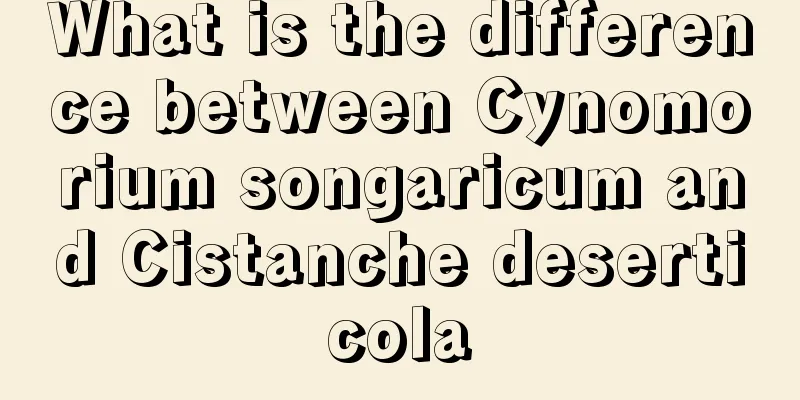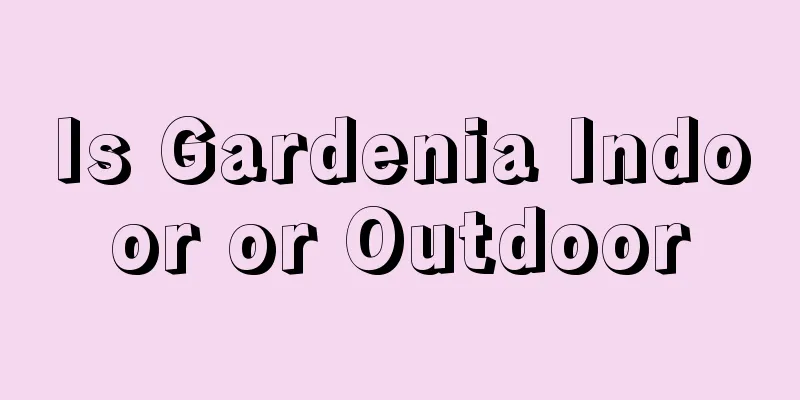What is the difference between Cynomorium songaricum and Cistanche deserticola

|
Cynomorium songaricum and Cistanche deserticola are both Chinese medicinal materials. The appearance of these two Chinese medicinal materials is somewhat similar, so many people don’t know what the difference is between Cynomorium songaricum and Cistanche deserticola. In fact, there is a big difference between Cynomorium songaricum and Cistanche deserticola. Judging from the shapes alone, Cynomorium songaricum and Cistanche deserticola can be distinguished. 1. Shape Cistanche is oblate and slightly curved, 3 to 15 cm long and 2 to 8 cm in diameter. The surface is brown or gray-brown, densely covered with fleshy scales arranged in a shingle-like pattern, usually with the tips of the scales broken off. It is heavy, hard, slightly flexible and not easy to break. The cross section is brown with light brown dot-like vascular bundles arranged in wavy rings. It has a slight odor and tastes sweet and slightly bitter. Cynomorium songaricum is oblate cylindrical, slightly curved, 5 to 15 cm long and 1.5 to 5 cm in diameter. The surface is brown or tan, rough, with obvious longitudinal grooves and irregular depressions. Some have remaining triangular black-brown scales. It is heavy, hard and difficult to break. The cross section is light brown or tan, with yellow triangular vascular bundles, a faint odor, and a sweet and astringent taste. 2. Efficacy Cynomorium songaricum effect: sweet and warm in nature. It enters the liver and kidney meridians. Nourishes the kidneys and moistens the intestines. Treat impotence, hematuria, constipation due to blood deficiency, and weakness of the waist and knees. Effects of Cistanche deserticola: sweet and salty in nature; warm in nature and enters the kidney meridians; replenishes kidney yang; benefits essence and blood; moisturizes the intestines. It is used to treat kidney yang deficiency, impotence due to insufficient essence and blood, spermatorrhea, leukorrhea, frequent urination, weak legs, tinnitus, blurred vision, delayed menstruation, infertility due to uterine cold, and constipation due to dry intestines. 3. Others From the overall perspective, it is not difficult to find that the functions of these two medicinal materials are similar, but there are still some differences in the details. The effects of the medicines are also different, one is stronger and the other is lighter. So it may be that these two herbs are targeted at different groups of people. The use of Cistanche deserticola is more targeted at the elderly, so Cynomorium songaricum may not be suitable for the elderly. |
<<: It turns out that there are 6 symptoms of magnesium sulfate poisoning
>>: Can vitamin E be applied directly on the face? If you love beauty, you must know this
Recommend
Can Tremella soup be kept overnight?
Drinking a bowl of Tremella soup in the hot summe...
What are the complications after total gastrectomy for gastric cancer?
Gastric cancer patients can survive for several m...
How to prevent laryngeal cancer
Since smoking can cause direct damage to our thro...
Wisdom tooth mouthwash
Although wisdom teeth are a very common phenomeno...
What is the effect of soaking clothes in vinegar
Our current impression of vinegar is that it serv...
How to regulate your diet to nourish and protect your liver?
The liver is one of the most important organs in ...
Experts introduce typical symptoms of bone cancer
Bones are prone to disease, and the most serious ...
What to do if herpes causes fever? How to treat herpes
When you have herpes, translucent or yellow-white...
What causes oral mucosa shedding? Bad habits are ruining you
Oral mucosal exfoliation is a general term for al...
Concurrent chemoradiotherapy for nasopharyngeal carcinoma
Concurrent chemoradiotherapy for nasopharyngeal c...
Fruits that supplement melanin
Melanin is an important molecule in the human bod...
The reason why urticaria has not been cured
Urticaria is a relatively common skin disease. If...
Methods to shorten wound healing time
In our daily lives, we often inadvertently hurt o...
Is hoarseness an early symptom of laryngeal cancer?
Is hoarseness an early symptom of laryngeal cance...









